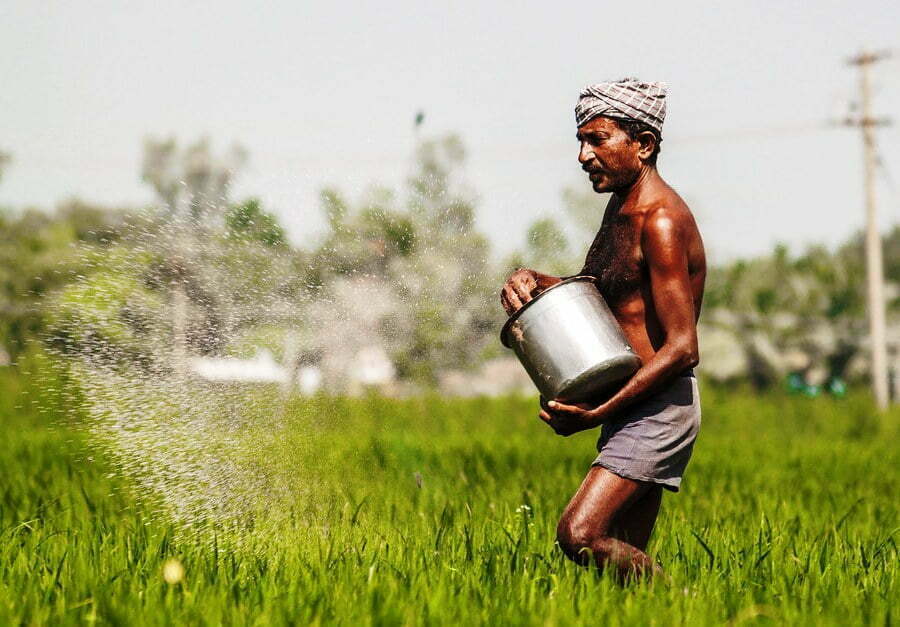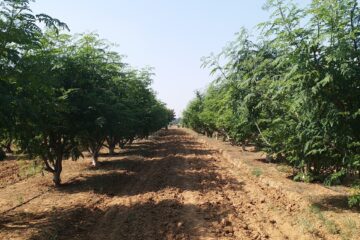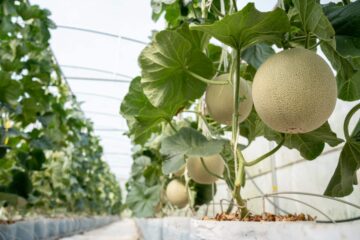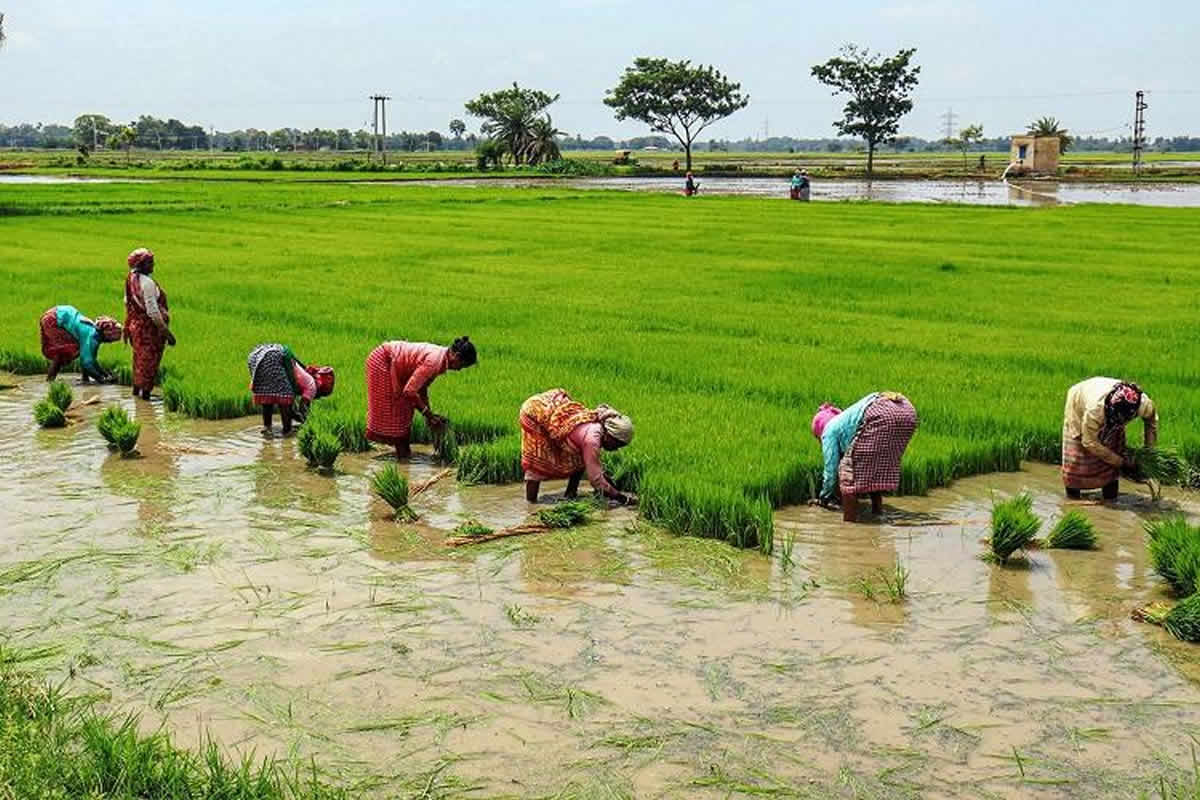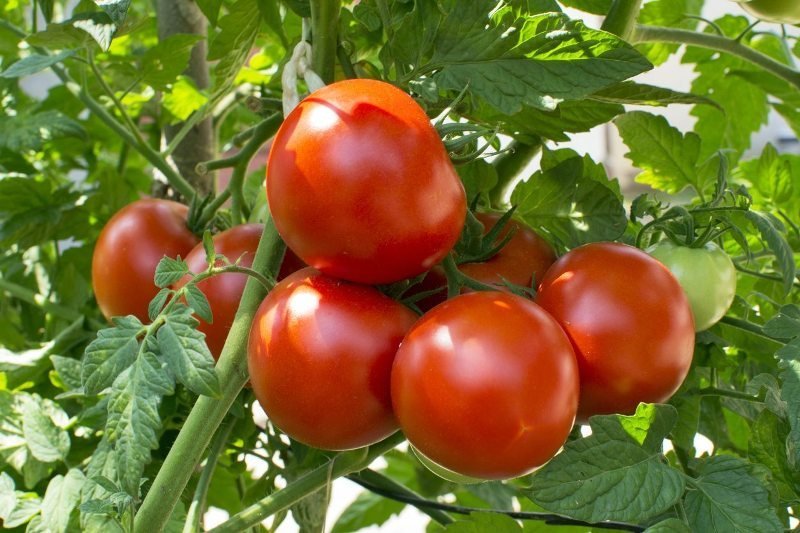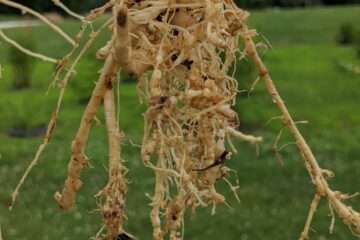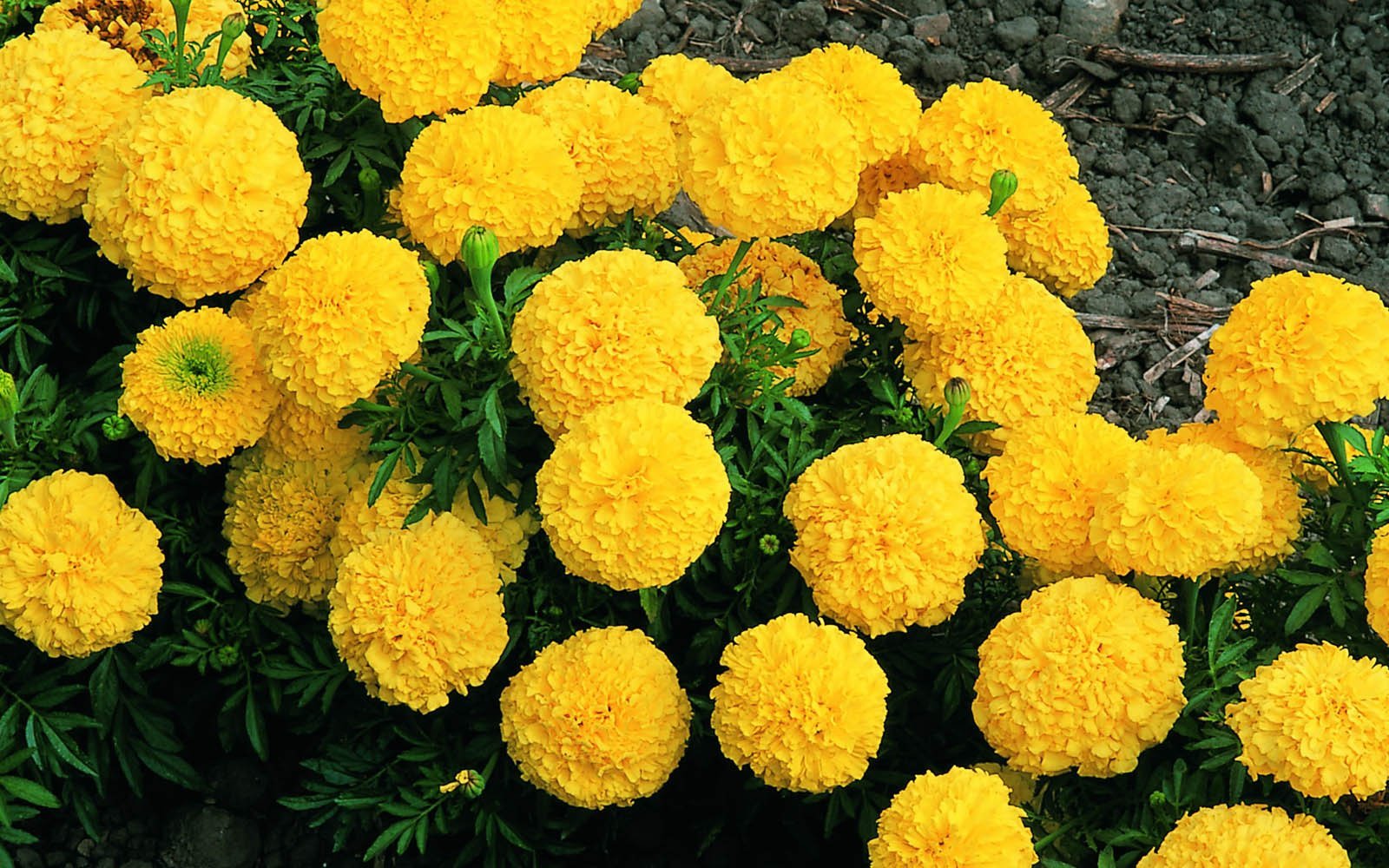Paddy cultivation is of great importance in Tamil Nadu. Not only in our country, but paddy is also a staple food for more than half of the world’s population. Organic farming provides an opportunity to produce high-quality, nutrient-rich paddy without the use of pesticides.
Natural farming methods in paddy cultivation offer several benefits, including higher quality produce, better market prices, reduced production costs, and improved soil fertility. As a result, natural paddy cultivation is now receiving increased priority.
In natural paddy farming, synthetic fertilizers and pesticides are not used. Instead, organic fertilizers and pest control methods are utilized.
Organic Farming Techniques
Using high-quality traditional varieties like White Ponni, ADT 43, 45, 49, Co 51, and pest and disease-resistant varieties in organic farming can yield good crops and fetch higher prices. The seeds used should be naturally cultivated. Seed treatment should avoid chemical pesticides, using organic fertilizers and plant-based products instead.
For seed treatment, use 20 grams of Azospirillum, 10 grams of Phosphobacteria, and Pseudomonas for one kilogram of seeds. This enhances the disease resistance of young plants and controls soil-borne diseases.
To prepare the nursery, use 100 kg of farmyard manure, 50 kg of vermicompost, and 5 kg of neem cake per cent. For the main field, apply 5 tons of farmyard manure per acre during the final plowing. Alternatively, green manure crops like Sesbania, Sunhemp, and Kolinji can be grown and incorporated into the soil 45 days before transplanting paddy.
If green manures are not available, apply 5 tons of vermicompost per acre. Incorporate 1 kg of Pseudomonas bio-control agent mixed with 20 kg of farmyard manure into the field before transplanting.
Azolla bio-fertilizer should be applied at 100 kg per acre, 3-5 days after transplanting. Azolla will grow well within 20 days and can be incorporated using a cono-weeder to provide nitrogen to the soil.
Weeds should be managed using a cono-weeder or rotary weeder, starting from 15 days after transplanting at ten-day intervals. This reduces weeds, improves soil aeration, and enhances root growth. Apply 50 kg of neem cake per acre during the tillering stage as a top dressing.
Pest and Disease Management
Pest and disease management is challenging in organic paddy cultivation, but can be effectively controlled through integrated pest management techniques from the beginning. Summer plowing helps destroy soil-borne pests. Keep the bunds clean of weeds and ensure proper irrigation and drainage facilities.
Pest monitoring and control can be achieved using pheromone and light traps. Use botanical pesticides and biological control agents available in nature.
Spray Panchagavya, made from cow dung, urine, milk, curd, and ghee, at a 3% solution. This acts as a growth promoter and pest repellent. For controlling stem borers, spray a 5% neem seed kernel extract solution.
For leaf folder control, apply Trichogramma japonicum egg cards at 2 cc per acre at weekly intervals for three applications. Spray Bacillus thuringiensis at 400 grams per acre.
For planthoppers and sucking pests, ensure proper nitrogen application and irrigation management. Spray a 5% neem seed kernel extract solution or a 2% neem oil solution.
To control blast disease, remove weeds from the bunds and avoid excessive nitrogen application. Cultivate blast-resistant varieties like Co 47. Spray a 0.2% solution of Pseudomonas at 45 days after transplanting, and then at ten-day intervals for three applications.
For sheath blight, sheath rot, and bacterial leaf blight, spray a 0.2% solution of Pseudomonas at 45 days after transplanting, and then at ten-day intervals for three applications. Use a 5% neem seed kernel extract solution or a 2% neem oil solution.
Apply neem cake at 50 kg per acre. Spray a 20% cow dung slurry twice at 15-day intervals when disease symptoms appear.
Benefits of Natural Paddy Cultivation
Initially, yields may be lower in natural farming. However, with continuous organic cultivation, soil fertility improves and yields increase. Production costs decrease, resulting in higher net profits, and environmental sustainability is achieved.
Dr. P. Murugan, Assistant Professor, Agricultural Science Centre, Namakkal.

